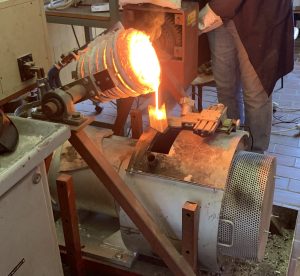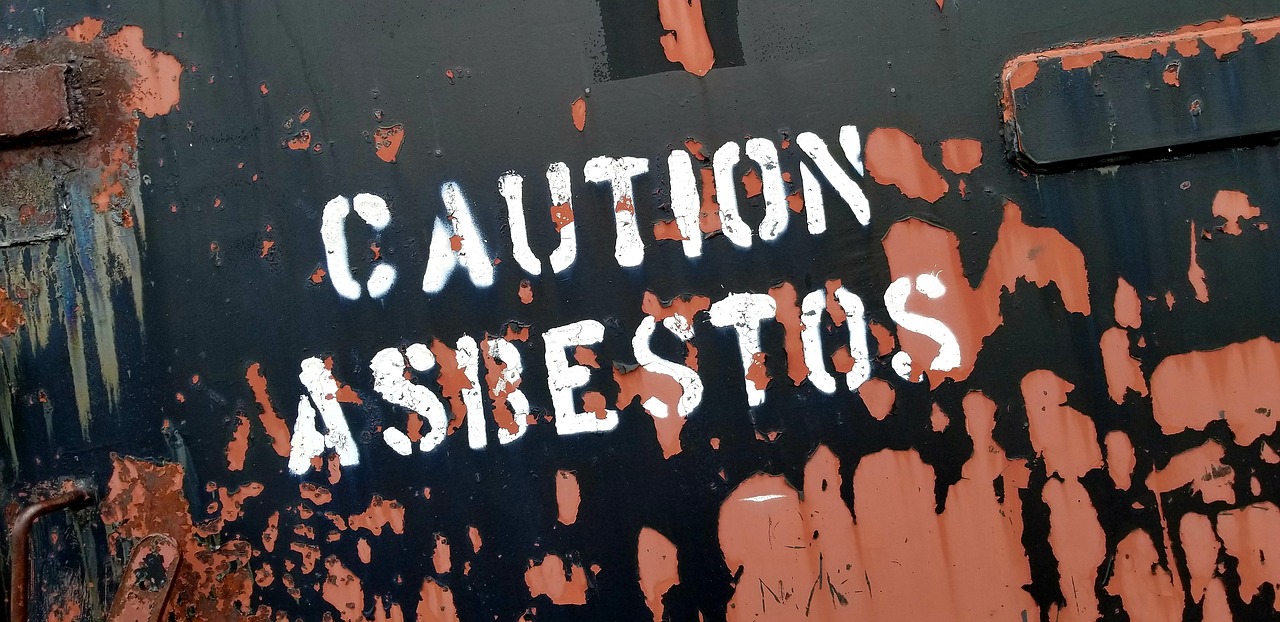Researchres of Laboratory for Water and Turbine Machines (LVTS) cooperated with researchers from Laboratory of Experimental Mechanics (LEM), researchers from Department of Materials and Metallurgy at the Faculty of Natural Sciences (UL NTF) and researchers from Department of Earth & Environmental Sciences at University of Milano-Bicocca (UNIMIB) to develop the methodology to process asbestos-containing waste into harmless biosoluble stone wool fibers that can be reused as insulation or composite construction material. Study results have been published in renowned scientific journal Construction and Building Materials (IF = 7.4).
Asbestos is a natural fibrous material, which, due to its extremely chemically resistant fibers, poses a great health risk if said fibers are inhaled. Despite the decades-long ban on the manufacturing of asbestos products, they are still present in the environment in the form of construction materials (e.g. cement-asbestos roofing and water pipes), which at the end of their useful lives become dangerous construction waste. Most often, asbestos waste is permanently stored in landfills, which is not a reliable solution in the long term. This encouraged us to develop the methodology for processing the harmful waste into harmless stone wool fibers.

Laboratory spinner for producing stone wool fibers from molten raw materials at 1500°C
The asbestos waste was first thermally deactivated and ground, which destroyed the dangerous fibers. This was followed by melting with the addition of basalt and quartz sand, which substantially altered the chemical composition of the asbestos waste and brought it closer to the composition of the melt of industrial stone wool, which meets the requirements of biosolubility in the case of inhalation. The melt was then spun into stone wool using a laboratory spinner, and afterwards subjected to chemical, thermocaloric and micromechanical tests that proving its comparability with the industrially produced insulation material.
The results of the study confirm that asbestos waste can be safely and permanently removed from the environment by employing appropriate mechanical and thermal treatment procedures. At the same time, following the principles of the circular economy, it can be reused as raw material for a harmless insulation material.
Link to the scientific paper: https://doi.org/10.1016/j.conbuildmat.2024.137351.
Cover image: Pixabay
